1992 -1994
SILESIA
ŚLĄSK / SCHLESIEN
80 min, 35mm, 4K digitization
Director/Producer: Viola Stephan
Cinematography: Bogdan Dziworski, Victor Kossakovsky
Zeughauskino Screenings:
Hinter dem Gießhaus 3 • Berlin-Mitte
SAT 18.10. at 7 pm
1994 80 min Ger/Pol German subs
SUN 02.11. at 6 pm
1994 80 min Ger/Pol - English subs
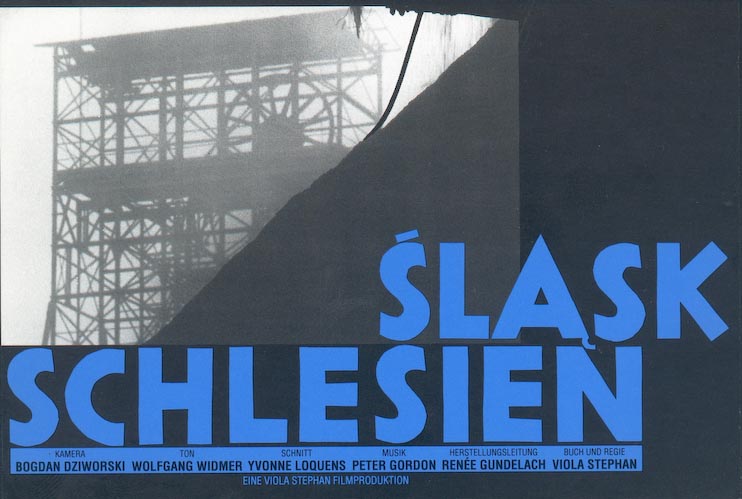
Filmed in 1993/94, Slask / Silesia offers a cinematic portrait of Lower Silesia after the Cold War and the opening of the borders. Without historical revisionism, the film observes Poles and Germans in their present-day realities of post-communist Poland.
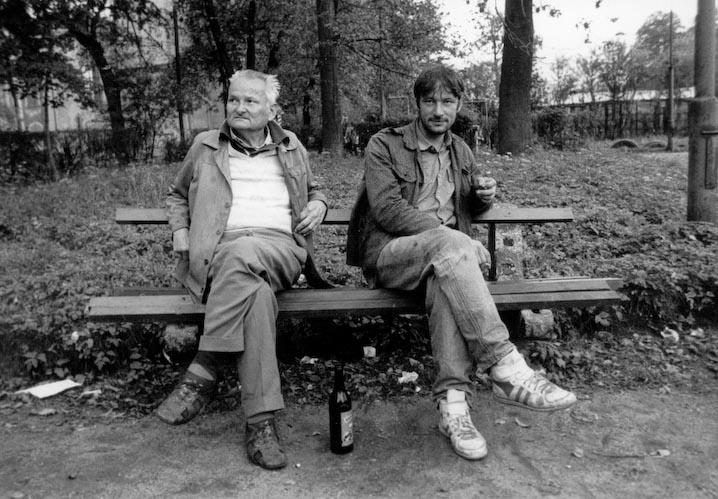
Shot in Milków at the foot of the Giant Mountains, as well as in Kamienna Góra (formerly Landeshut) and Wałbrzych (formerly Waldenburg), the documentary reflects on a region once marked by its own distinct character. Long absent from both Polish and German consciousness, Silesia survived only as a “lost land” in memory and in idealized stories of refugees and expellees.
![]()
![]()
![]()
![]()
![]()
![]()
![]()
Viola Stephan’s film does not revisit borders but encounters those who remained and those who arrived after the war. Traditions—miners’ brass bands, choirs, church gatherings—persist without nationalist framing. The film finds poetry in the pragmatic moment, portraying abandoned sites, landscapes, and everyday life—eating, music, dancing, mourning—in a Polish-German borderland.
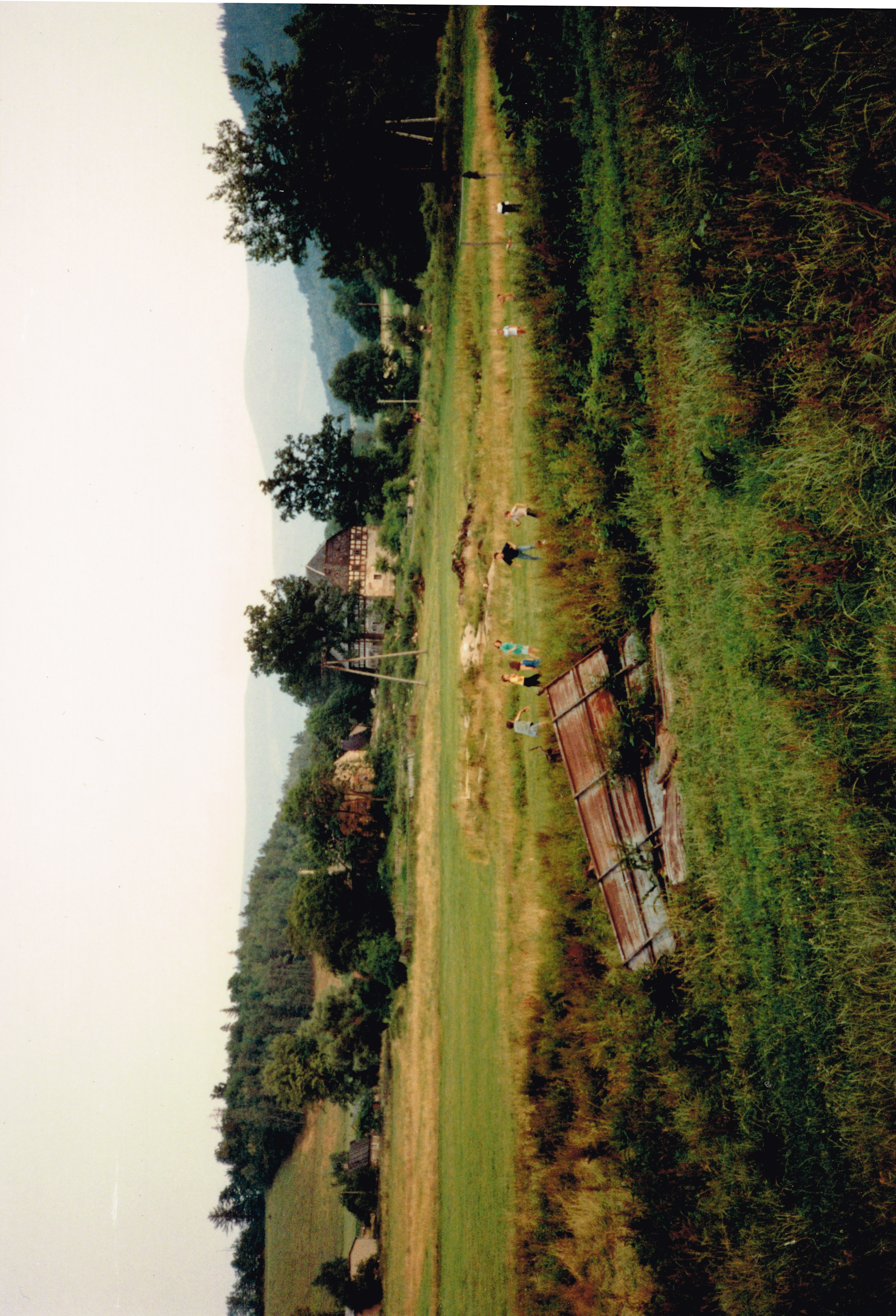
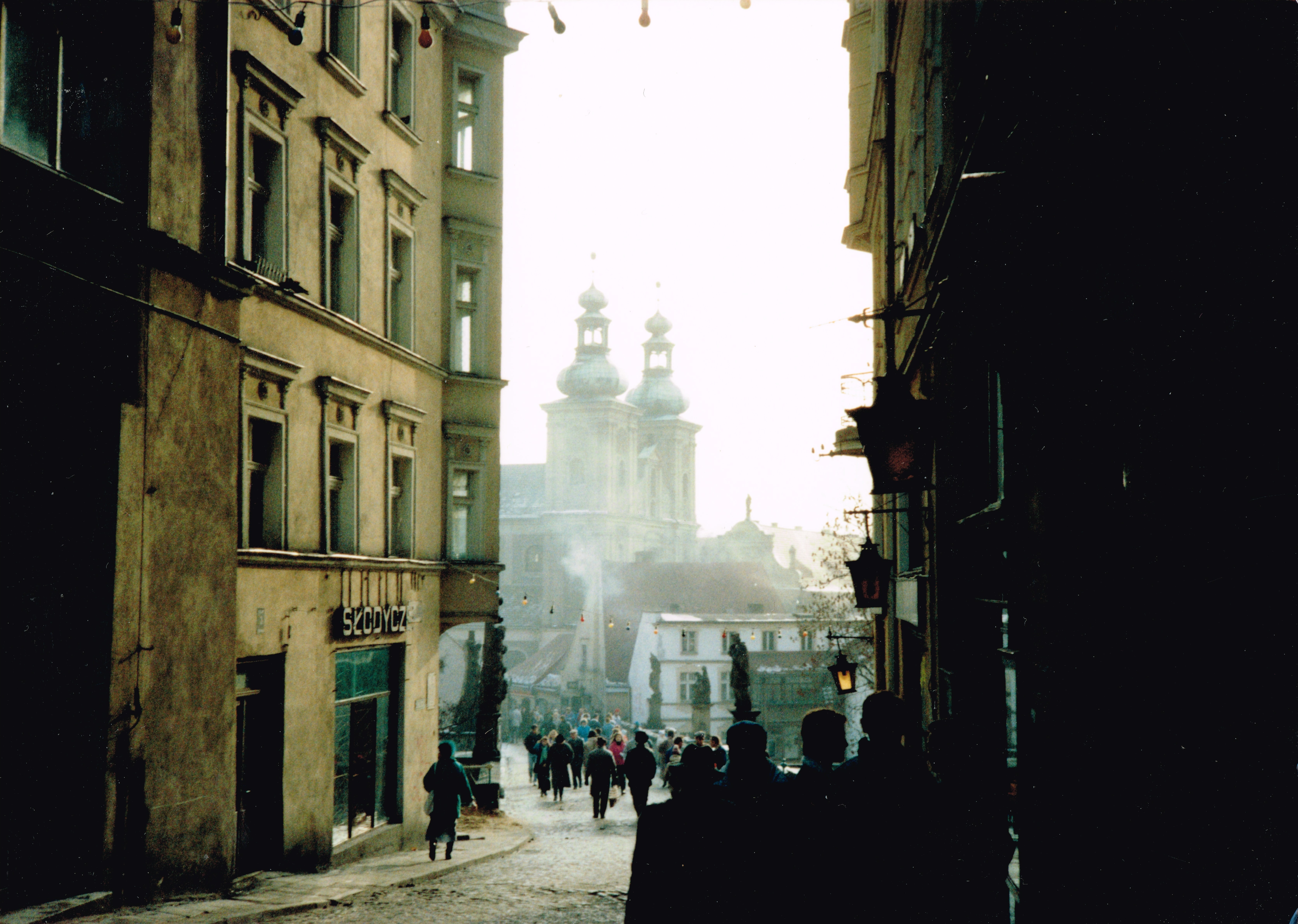
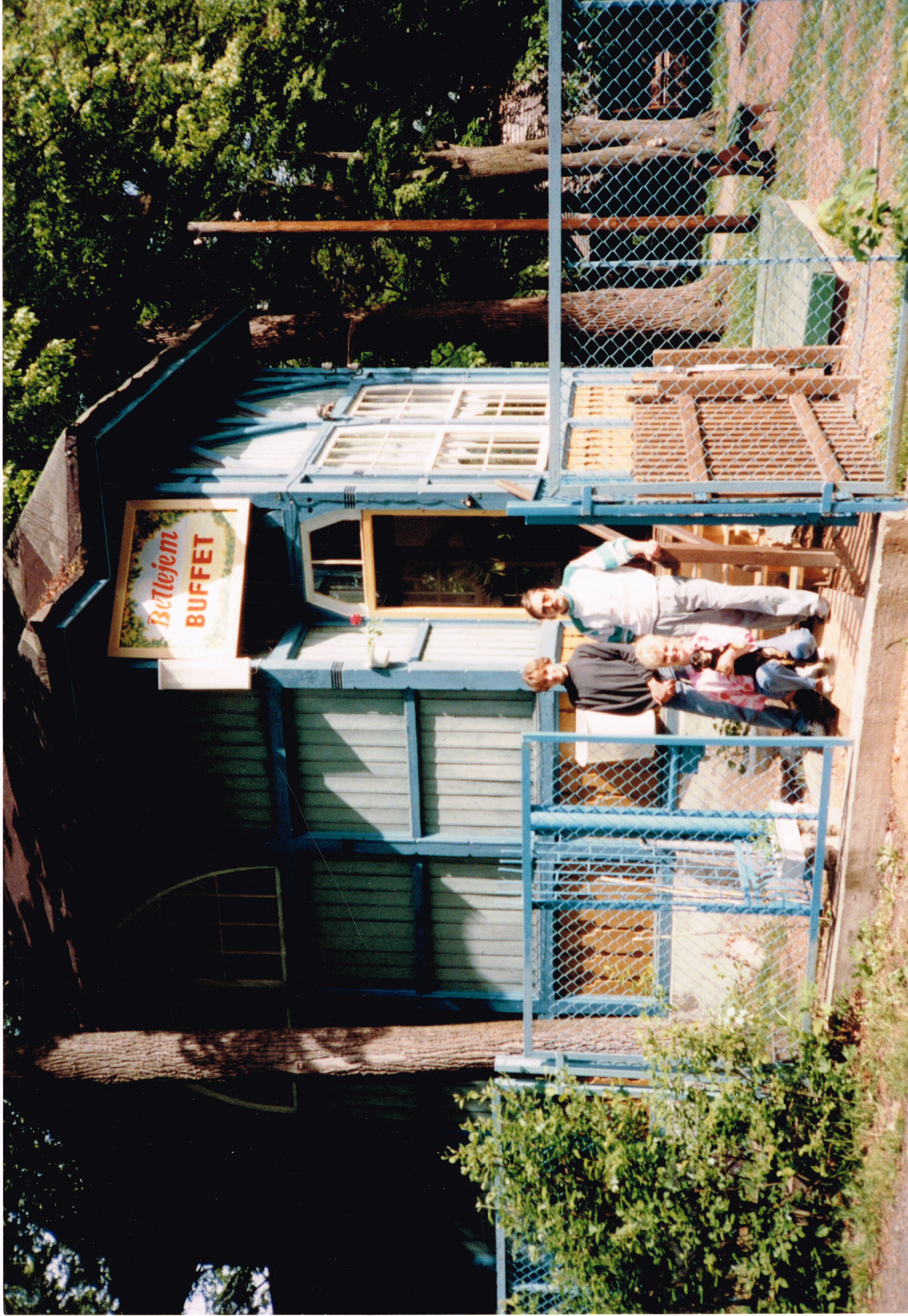
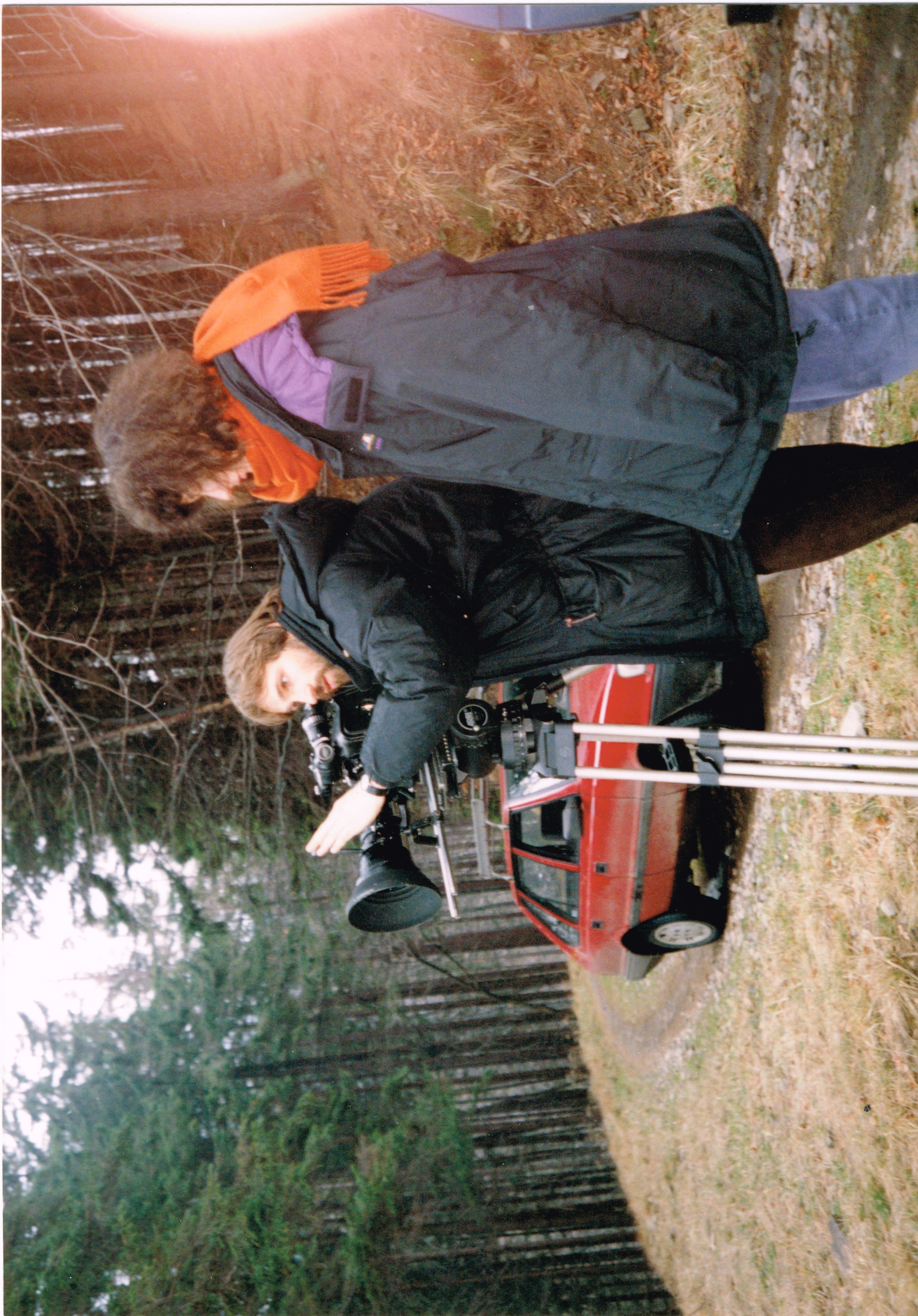
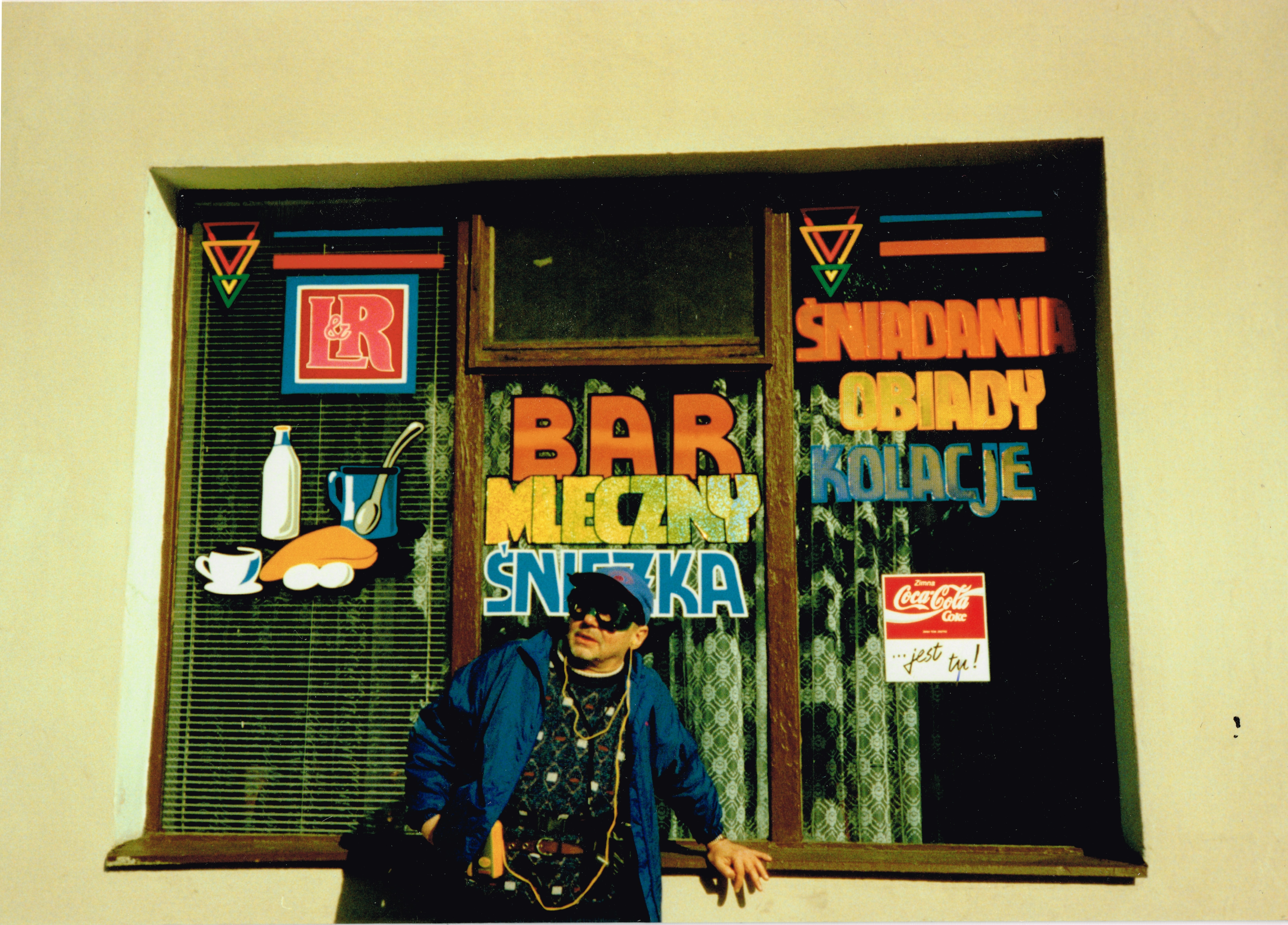
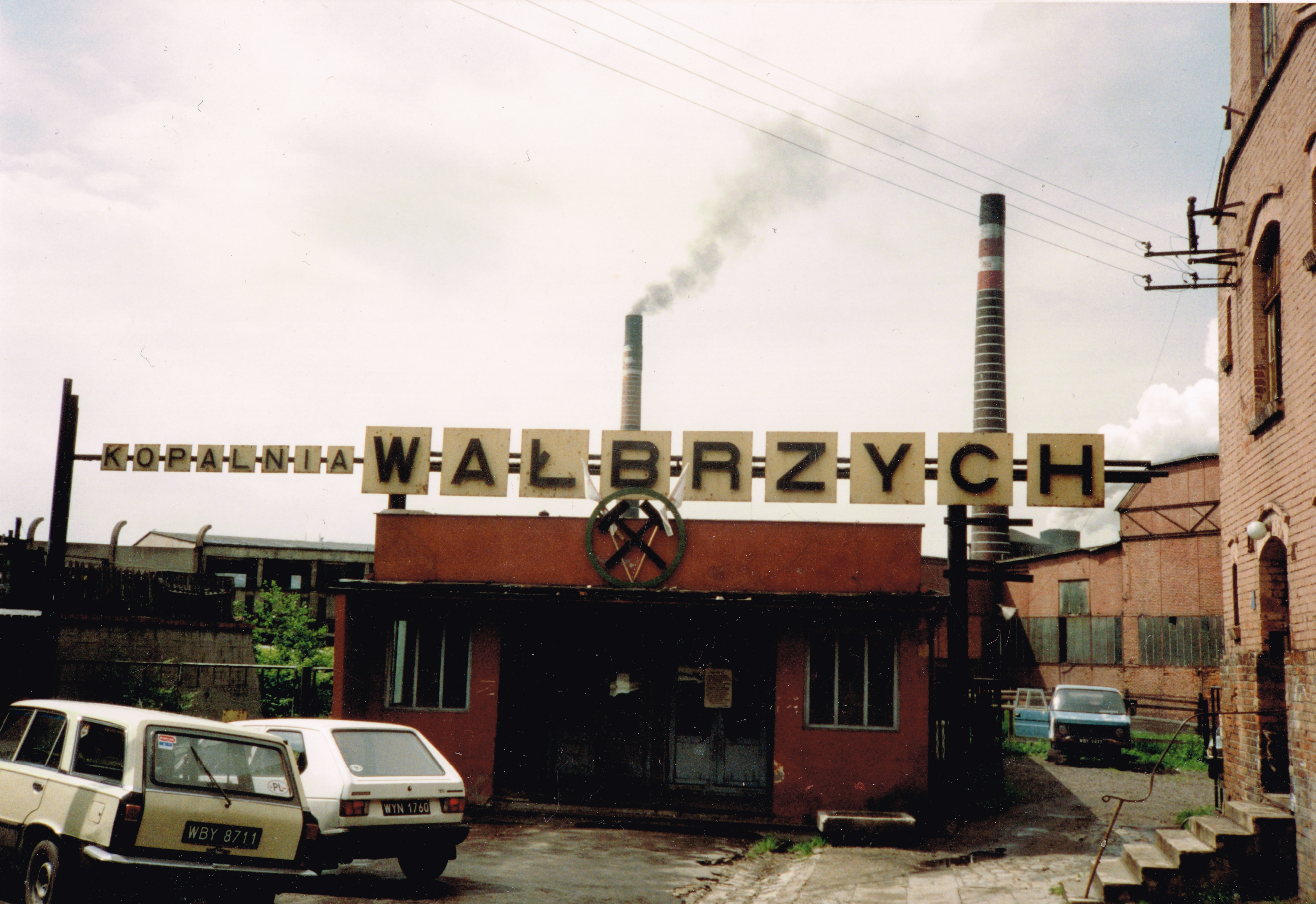
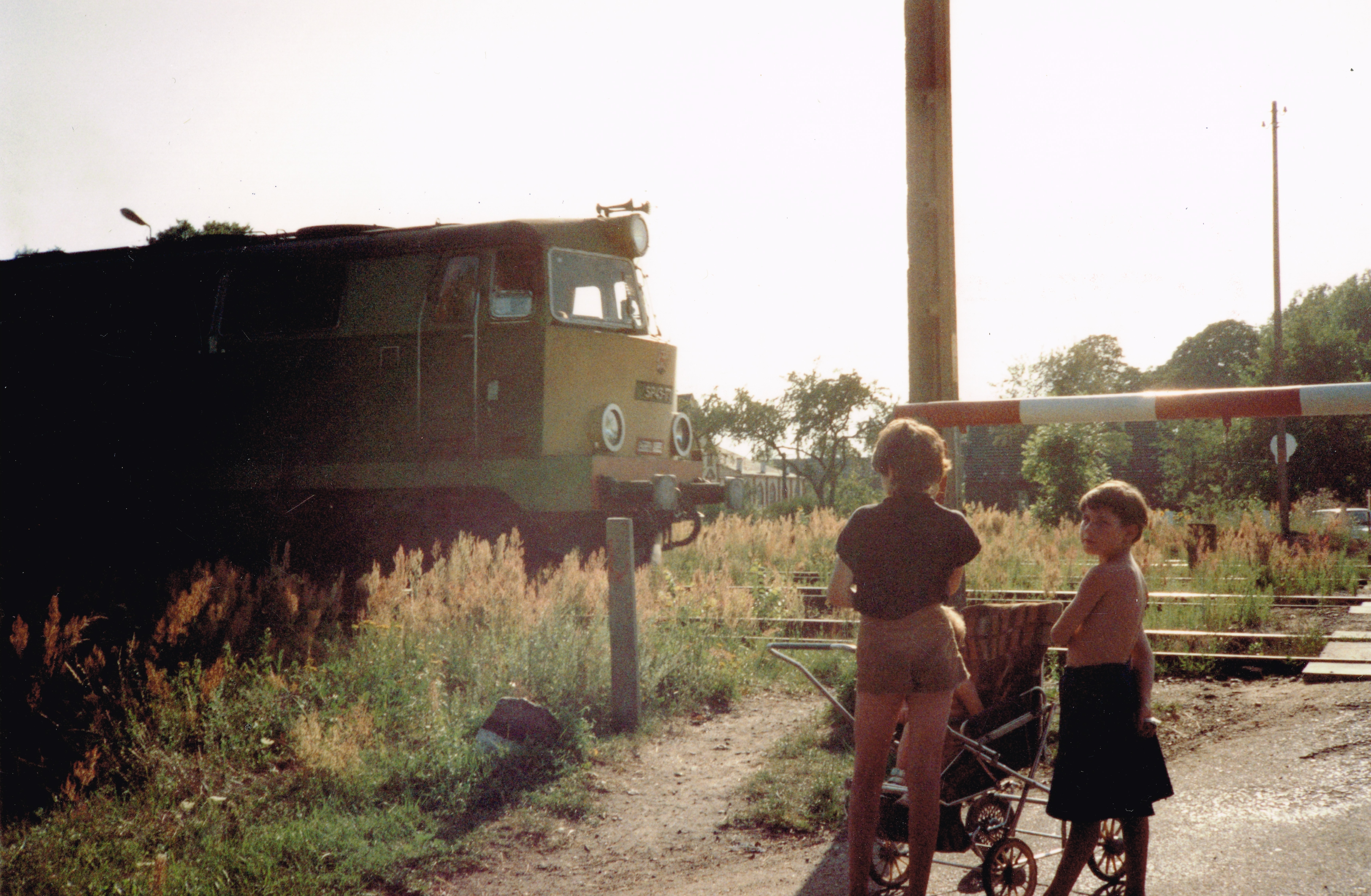
Viola Stephan’s film does not revisit borders but encounters those who remained and those who arrived after the war. Traditions—miners’ brass bands, choirs, church gatherings—persist without nationalist framing. The film finds poetry in the pragmatic moment, portraying abandoned sites, landscapes, and everyday life—eating, music, dancing, mourning—in a Polish-German borderland.
